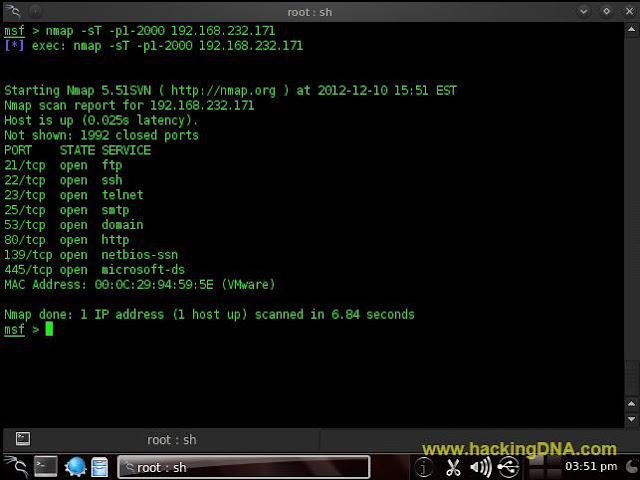Connected By Tcp Hack

Greenwave/TCP Connected Lightbulb Update [Updated!] Update, January 26th. The firmware update started for a few consumers around October, but was widely pushed out. I just contacted TCP and asked them if they were planning IFTT integration. Their answer: We will be releasing API for home integration later this quarter. Oct 09, 2012 Hack Windows for Unlimited TCP. Windows XP limits you to 10 half-open connections and Windows 7 limits you to 20, but you can hack the Registry to.
The easiest way to dive into home automation is with lighting: It’s generally cheaper, straightforward to install, and easy to remove or move around. Even better, smart lighting systems often provide significant energy savings, which is a nice cherry on top. Also, I am lazy and love being able to turn off the lights without getting out of bed. It didn’t take long for me to make friends with the —it was almost effortless to set up the hardware and the app is organized in a straightforward manner. Available as a whole set for $143 or, the Connected 3-Pack includes three 11-watt LED bulbs, the gateway needed to control them, and a remote control (and also comes in a CFL 4-Pack). The Home Starter Kit Each bulb is equivalent to 60 watts and provides 800 lumens of brightness, and because the bulbs have an estimated 23 years of life and an estimated energy cost of $1.32 per year, TCP estimates you can save up to 80 percent on your energy costs compared to incandescent bulbs. Aside from the energy savings, having a smart lighting system allows you to set scenes so that your lights are only on exactly when and how you like.
For example, you can set up the Connected system so that your lights come on a half an hour before you get home, or to dim around the time you like to go to bed, or to turn on when your alarm goes off in the morning. The hardware Each bulb is dimmable Instructions for settings up the Connected system are printed right on the inside of the box (and also available on the TCP Support site)—turn off lights at the wall, screw LED bulbs into sockets, turn lights back on at wall switch, plug Gateway into power and Ethernet, download the app for or, and go to town. If you follow these steps exactly, you will have exactly zero problems setting up the system. However, because the lights must remain on at the wall switch, the bulbs work better some places than others. For example, I loved having a bulb in the living room and on my nightstand because they could be dimmed and adjusted—but having a bulb in the bathroom, where the instinct is always going to be to flick the switch at the wall—was not a good match. Turning any of the lights off at the wall switch effectively knocks it offline and grays it out within the app. That being said, installing and moving the bulbs around was painless.
Up to 250 bulbs can be added to the system, and the remote included in the system is easy to assign and operate (and easy to lose track of). The remote has a power switch, a dimmer switch, and four buttons to correspond with the number you assign to each light while setting up the system with the app. It takes a little fiddling to get the controls down, and I have no idea how you’d work with 250 bulbs, but it didn’t take long before I could use the remote to dim each light or turn it on and off. The software The app will automatically detect the bulbs.
The other way to control the LED bulbs is the app for and. Ademco Accord Xpc User Manual. As soon as you open it, it recognizes the gateway on your network (your phone will need to be on your Wi-Fi network as well), then asks for your location and finds the LED bulbs that are active or on. When you select to configure your lights in the app, it will then tell you it’s found a new light—you will be able to tell which light the app has found because it should be dimming up and down. I had no idea if I was guessing correctly while setting up the lights because the dimming seemed very subtle, but after I finished configuring them everything was set up correctly. Configuring a new bulb.
Next, I set up each light with a name, location, color theme, number on the remote, and icon. From there, I poked around until I got a bit lost, but still wound up managing to create a room for each light (bathroom, hall closet, bedroom nightstand). With one light per room, the rooms seemed pretty empty but after I relocated a second light to the bedroom and was able to create scenes for that room, that feature was a lot more entertaining to use. In order to control the lights using your smartphone, you need to register your Remote Account, which is just email, name, and password. Once your Remote Account is registered and connected with your network, you’ll never need to log in again—the app recognizes your Wi-Fi network and will automatically log you in when you open the app.
Comments are closed.